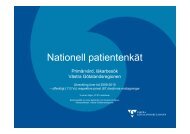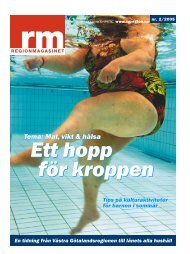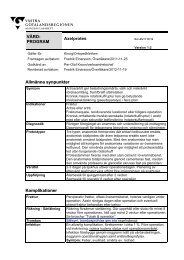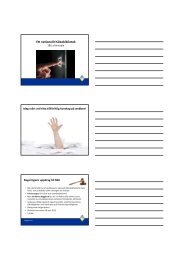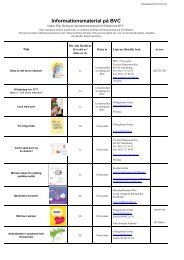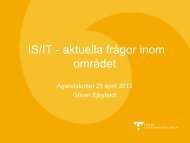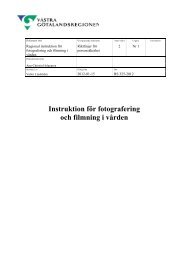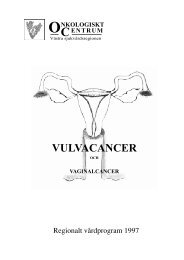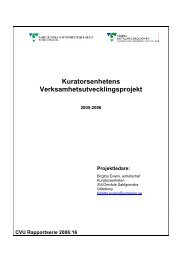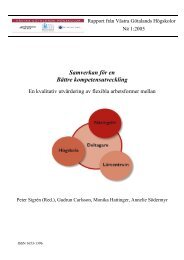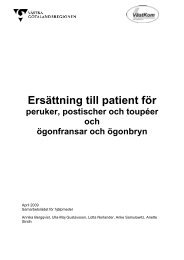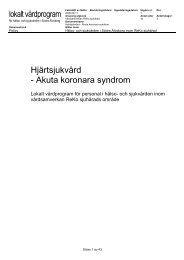FOURTEENTH ANNUAL EUROPEAN PRESSURE ULCER ...
FOURTEENTH ANNUAL EUROPEAN PRESSURE ULCER ...
FOURTEENTH ANNUAL EUROPEAN PRESSURE ULCER ...
Create successful ePaper yourself
Turn your PDF publications into a flip-book with our unique Google optimized e-Paper software.
Thursday September 1st<br />
Proceedings of the 14th Annual European Pressure Ulcer Meeting<br />
Oporto, Portugal<br />
Pressure Ulcer Healing with Electrical Stimulation: Achievements Translated to Clinical<br />
Guidelines<br />
Luther C. Kloth<br />
Department of Physical Therapy, Marquette University, United States, (luther.kloth@marquette.edu)<br />
Introduction<br />
Humans and other mammals have natural<br />
endogenous electric field signals that guide cells to<br />
migrate directionally to heal epithelial wounds.<br />
Physiological electric fields have been shown to<br />
override other guideance cues that direct epithelial cell<br />
migration at the wound edge [1, 2]. Pharmacologic in<br />
vivo manipulation of ion transport has been shown to<br />
regulate the endogenous wound electric fields and<br />
effects wound healing [3]. During the past 30 years 20<br />
RCTs (9 on pressure ulcers) have provided strong<br />
evidence that supports exogenous electric field<br />
stimulation (EEFS) as a wound healing intervention. A<br />
meta-analysis has validated the research findings of<br />
the 9 RCTs with the strongest evidence [4,5,6]<br />
supporting pressure ulcer (PU) healing [Table 1]. Best<br />
practice clinical guidelines including that of EPUAP /<br />
NPUAP have strongly recommended EEFS as a PU<br />
treatment. Using EEFS to enhance healing of PUs and<br />
other chronic wounds requires that one understand the<br />
types of electrical currents, waveforms and devices<br />
that have been reported to enhance wound healing.<br />
Methods<br />
Proof of the existence of endogenous electric fields<br />
and their influence on wound healing based on<br />
evidence will be presented. In addition, evidence from<br />
clinical trials and best practice guidelines showing that<br />
EEFS enhances PU healing will be presented (Fig. 1).<br />
Identification and description of appropriate electrical<br />
currents, waveforms, devices and treatment protocol<br />
will also be explained [7].<br />
Fig. 1: Exogenous electric field stimulation setup.<br />
90<br />
Results<br />
Table 1<br />
Discussion<br />
Human skin has an inherent bioelectrical system that<br />
significantly contributes to wound healing. Augmenting<br />
this system with exogenous electric field stimulation<br />
may explain why several RCTs have confirmed that<br />
this intervention plus standard wound care (SWC)<br />
hastens the rate of healing faster than SWC alone.<br />
Although different combinations of electric field<br />
parameters (pulse frequency, duration and amplitude)<br />
have been used nevertheless, since the electrical<br />
charge quantity in these studies fell between 250 and<br />
500 µC, this dosage delivered to the wound tissues<br />
produced positive wound healing outcomes.<br />
Clinical relevance<br />
EEFS for healing pressure ulcers is supported by<br />
strong evidence from RCTs<br />
Acknowledgements<br />
Thank you to Dr. Min Zhao for permission to use<br />
several of his illustrations in my presentation.<br />
Conflict of Interest - None<br />
References<br />
[1] McCaig CD, et al. Physiol Rev. 85, 943-78, 2005.<br />
[2] Zhao M, et al. Nature. 442, 457-60, 2006.<br />
[3] Song B, et al. Proc Natl Acad Sci USA 99:13577-<br />
582, 2002.<br />
[4] Feedar J, et al. Phys Ther 7: 639-49, 1991.<br />
[5] Gentzkow G, et al. WOUNDS 3: 158-70, 1991.<br />
[6] Wood J, et al. Arch Dermatol 129: 999-09, 1993.<br />
[7] Kloth LC, Zhao M. Endogenous and exogenous<br />
electric fields for wound healing. In: McCulloch JM,<br />
Kloth LC Wound Healing: Evidence Based<br />
Management , 4 th ed. F.A. Davis Co., Philadelphia,<br />
2010.<br />
Copyright © 2011 by EPUAP



